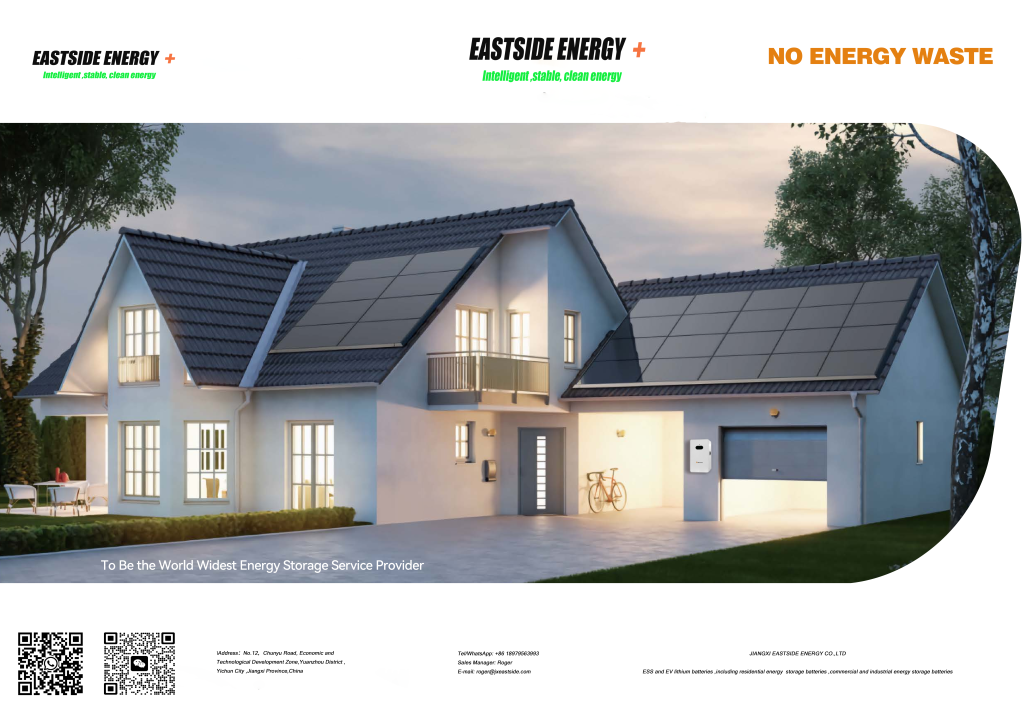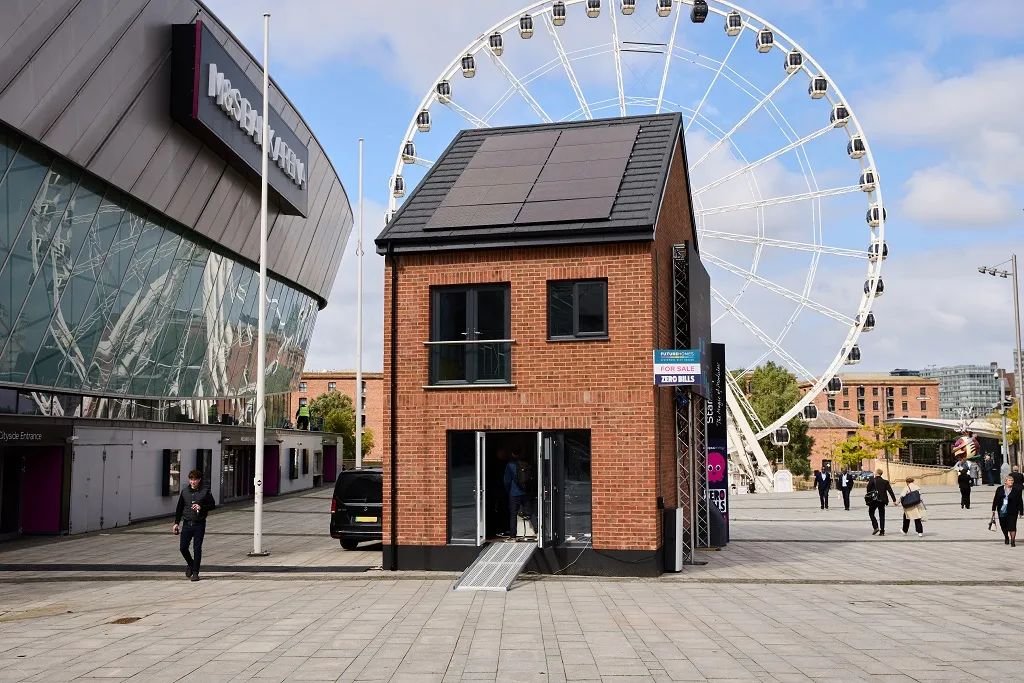Address
304 North Cardinal
St. Dorchester Center, MA 02124
Work Hours
Monday to Friday: 7AM - 7PM
Weekend: 10AM - 5PM
Address
304 North Cardinal
St. Dorchester Center, MA 02124
Work Hours
Monday to Friday: 7AM - 7PM
Weekend: 10AM - 5PM

With the Future Homes Standard coming into force mandatorily in 2025, which will require all new build properties in the UK to be fitted with low carbon technologies, the UK market for household storage is moving away from post-installation (where the user purchases and installs the technology themselves) and towards front-installation (where it is installed by the property developer).

Front-loading (installation by real estate developers) means greater economies of scale. Developers can package photovoltaic modules, inverters, storage batteries, heat pumps, EV charging piles and other equipment into a complete home smart energy management system that can be delivered to customers in a standardised form.
Due to the significant economic and environmental benefits, houses installed with smart energy management systems will perform better in the housing transaction and rental market.
With the maturity of the smart energy management system, the front-mounted mode will be gradually popularised in new houses in mature markets, and even become the standard configuration of new houses in certain markets under the drive of policies.
The current post-installation for the mainstream household storage market, relying on the traditional model of distributors + installers, in the near future, I am afraid that will usher in a reshuffle.
At the end of last month, the UK’s largest energy company Octopus Energy (Octopus Energy) announced that it would build 100,000 ‘zero bill’ homes in the UK by 2030 after successfully completing a pilot project in partnership with property developers.

‘The Zero Bills programme is currently only available for new homes designed to a Zero Bills specification, and Octopus Energy has partnered with more than 50 housebuilders to install air source heat pumps (instead of gas heating), photovoltaic modules, smart meters and domestic energy storage batteries, as well as meeting the required insulation requirements.
Octopus Energy has also indicated that it will retrofit existing homes to qualify for zero bills in the future, with an estimated 500,000 properties (built since 2013) in the UK eligible for retrofitting.
‘Zero bill’ homes are controlled by Octopus Energy’s Kraken platform, which automatically matches a home’s consumption and green energy generation in real time.

However, the prerequisite for a ‘zero bill’ is that the customer’s total annual consumption does not exceed 10MWh. According to Ofgem, the UK’s energy regulator, the average three-bedroom home consumes around 14.2MWh per year, which is almost 50 per cent more than Octopus Energy’s Zero Bill scheme allows. However, Octopus Energy estimates that three-bedroom homes enrolled in the zero-bill scheme use just 6MWh of electricity, well below the upper limit. This is due to the fact that these homes are well insulated and have heat pumps installed, which help to reduce electricity consumption. It is unlikely that the limit will be exceeded unless the user has high heating requirements, and if the limit is exceeded, they will have to pay for the excess.
Additionally, ‘zero bill’ homes do not allow electric vehicles to be charged for free and will require an additional charge.
Earlier this year, Octopus Energy showcased the Zero Bill home at the Labour Party Conference in Liverpool. The house was constructed from modular prefabricated parts and took three days to build.
Dave Dargan, founder of modular housing developer Starship Group, said in a press interview, ‘[With the addition of heat pumps, photovoltaics, energy storage, etc.] the total cost of our building is £5,000 to £7,000 higher, and the savings (on electricity + gas) are about £3,000 a year.

’ UKIP had earlier announced that 1.5 million new low carbon compliant homes would be built in England during this Parliament. And an extra £6.6 billion is being invested, doubling investment in existing government schemes to upgrade 5 million homes and lower household bills. The Warm Homes Programme will provide grants and low-interest loans to support investment in insulation and other improvements such as photovoltaic modules, energy storage batteries and heat pump heating to reduce bills.
Click one of our contacts below to chat on WhatsApp